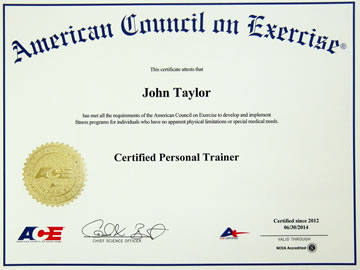Club Head Speed
Club head speed at impact with the golf ball is the main factor in determining ball speed and distance achieved. The faster you can swing the club, the longer the ball will fly. Hit the ball straight with good impact quality and the ball will gain more distance, the holy grail of driver performance. It also matters for irons.
Greater clubhead speed is helped by having less weight in the club, and it's achieved most easily by using a light weight shaft. New graphite fiber formulations have yielded exceptionally stable super light weight stable shafts for drivers. Similarly, new steel alloys and manufacturing methods have improved lightweight stable steel shaft playability.
Not all lightweight shafts are created equal. Differences in the distribution of stiffness (EI) and weight and materials strength through the length of the shaft are important in matching shaft responsiveness to a golfer's swing mechanics. Quality of materials and shaft production consistency also matter.
Most golfers are conditioned to the generalization that high torque shafts are "whippy" or too soft and difficult to control at any swing speed. While it was true for many early production shafts produced with generic graphite materials that made them flex like fishing rods, those days are long gone.
Current lightweight graphite shafts made with premium composite mixtures and unique construction methods can be engineered for unprecedented stability while retaining great feel and balance. Many pros today on the major pro golf tours win with graphite shafts in their irons.
Similar arguments apply to steel shafts for irons. Modern lightweight steel made with premium alloys and updated production methods can yield responsive shafts with exceptional stability that outperform heavy rebar-like stiff steel shafts in common use today. It translates into consistency of performance and feel that you experience on the course and at the practice range.
Clubs with lightweight shafts yield the best performance when their overall club balance complements the swing. It's a function of differences in the way golfers transfer energy to the club during the downswing. Each golfer responds uniquely to the feel of the shaft, the weight of the club head, and the overall balance of the club. Getting these adjustments optimized in club fitting translates into improved distance and accuracy.





























 John Taylor
John Taylor
Reader Comments